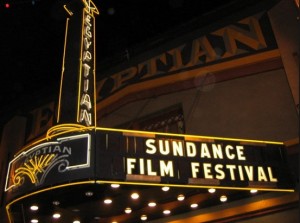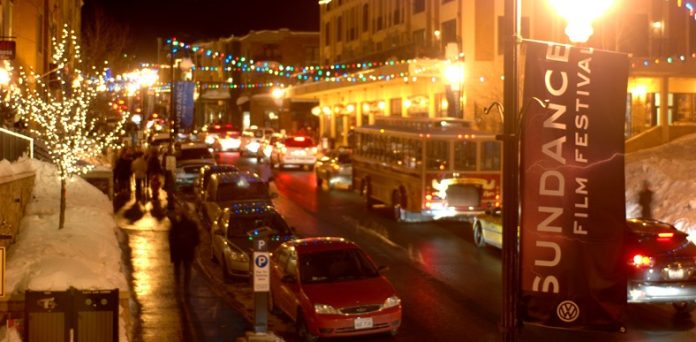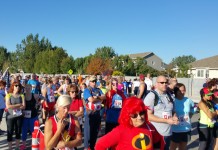Sundance: History Of The Festival
 Sundance began in Salt Lake City in August 1978, as the U.S. Film Festival, and it was intended as a way for founders Sterling Van Wagenen, John Earle and Cirina Hampton Catania to attract more filmmakers to Utah. The 1978 festival featured films such as “Deliverance”, “A Streetcar Named Desire”, “Midnight Cowboy” and “Mean Streets.” With chairman Robert Redford, and the help of Utah Governor Scott Matheson, the goal of the festival was to showcase strictly American-made films, highlight the potential of independent film, and to increase visibility for film making in Utah. At the time, the main focus of the event was to conduct a competition for independent American films, present a series of retrospective films and filmmaker panel discussions. The festival also highlighted the work of regional filmmakers who worked outside the Hollywood system.
Sundance began in Salt Lake City in August 1978, as the U.S. Film Festival, and it was intended as a way for founders Sterling Van Wagenen, John Earle and Cirina Hampton Catania to attract more filmmakers to Utah. The 1978 festival featured films such as “Deliverance”, “A Streetcar Named Desire”, “Midnight Cowboy” and “Mean Streets.” With chairman Robert Redford, and the help of Utah Governor Scott Matheson, the goal of the festival was to showcase strictly American-made films, highlight the potential of independent film, and to increase visibility for film making in Utah. At the time, the main focus of the event was to conduct a competition for independent American films, present a series of retrospective films and filmmaker panel discussions. The festival also highlighted the work of regional filmmakers who worked outside the Hollywood system.
[one_fourth]
[/one_fourth][three_fourth_last]
In 1980, reportedly at the suggestion of director Sydney Pollack, organizers moved the event to Park City on the assumption that holding it at a ski resort in the middle of winter would help draw crowds, and in 1985 Robert Redford’s Sundance Institute took over, and after several name changes over the years, The Sundance Film Festival became one of the most important names in the world of independent film.
Hollywood started to pay attention to the films screened at Sundance, and the festival became a way for independent films to gain distribution. Just a few of the films to make their mark at Sundance over the years include Quentin Tarantino’s “Reservoir Dogs,” Joel and Ethan Coen’s “Blood Simple, “The Blair Witch Project,” “Clerks,” “Four Weddings And A Funeral,” “Little Miss Sunshine“, “Hoop Dreams” and Christopher Nolan’s “Memento.”
The Sundance Film Festival is now entering it’s 37th year.
For more information go to www.sundance.org.







